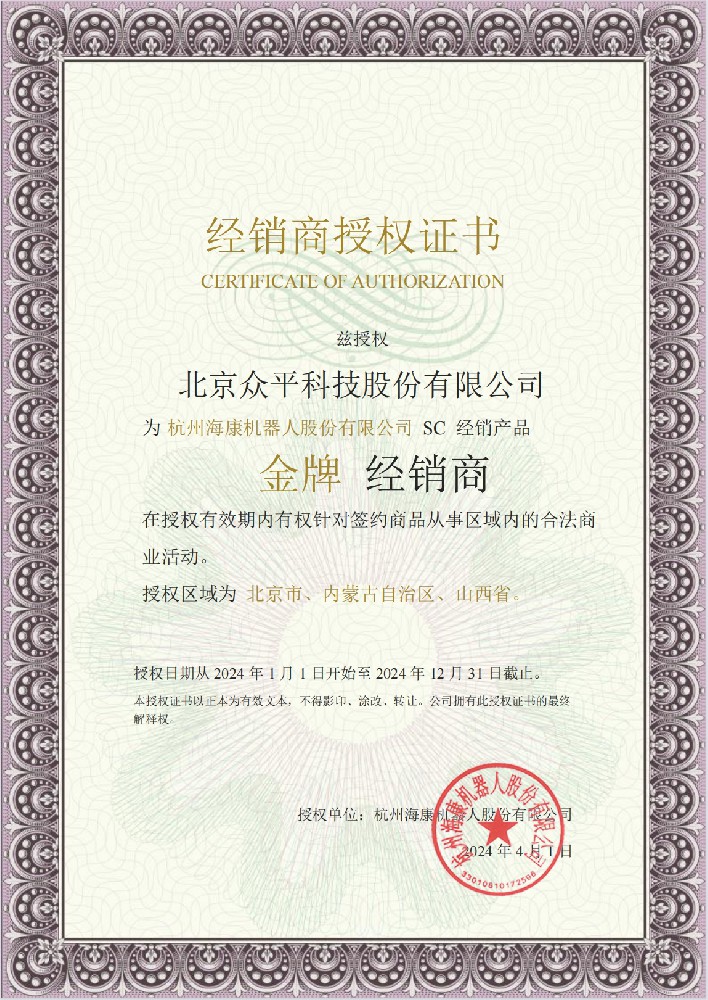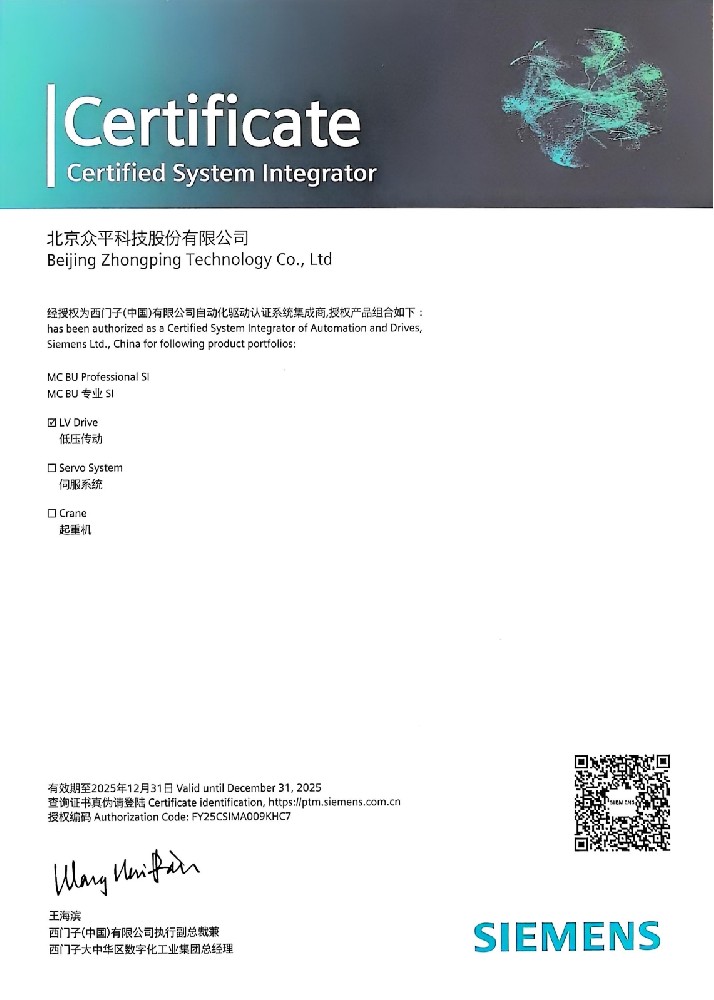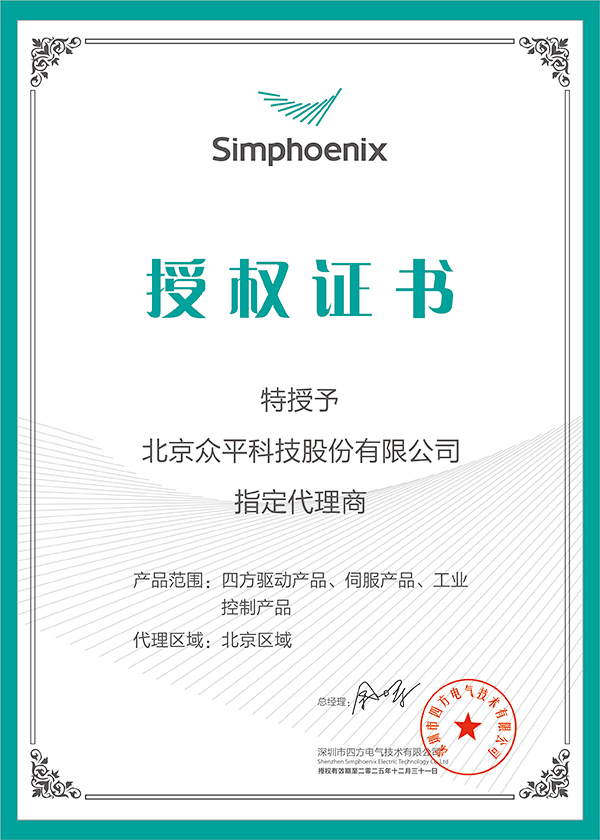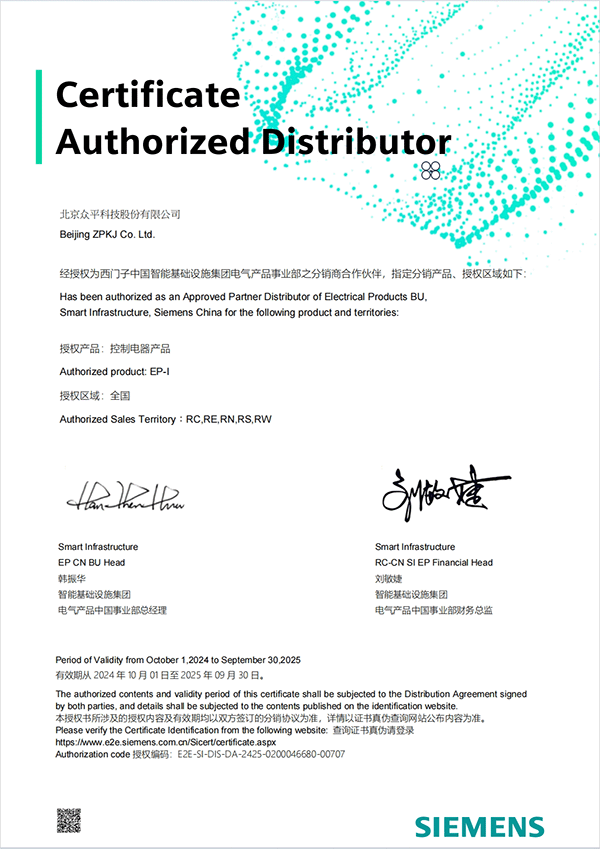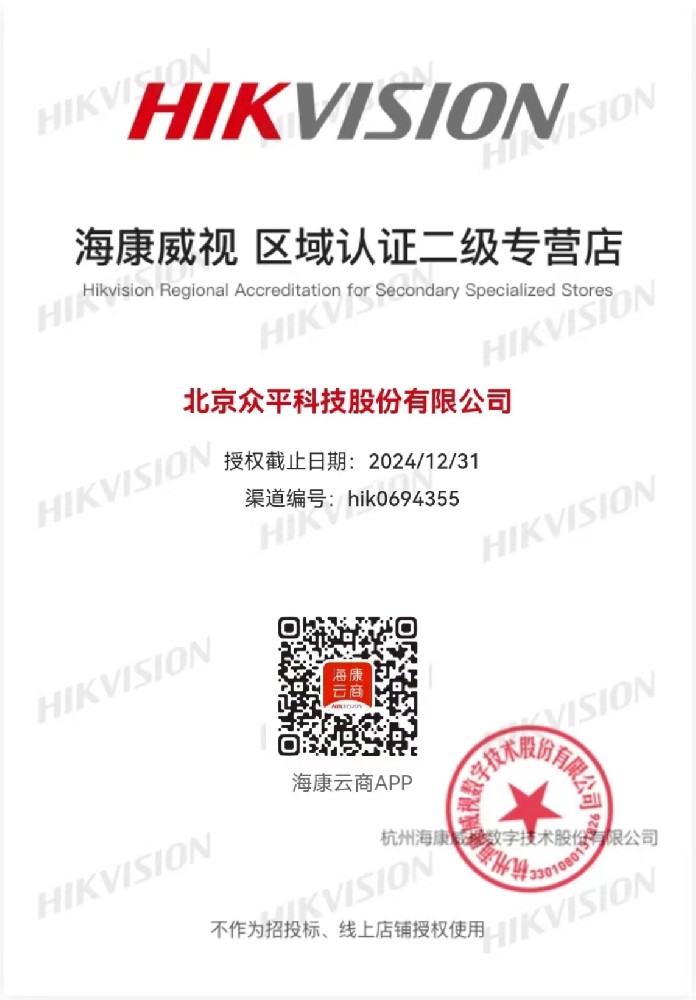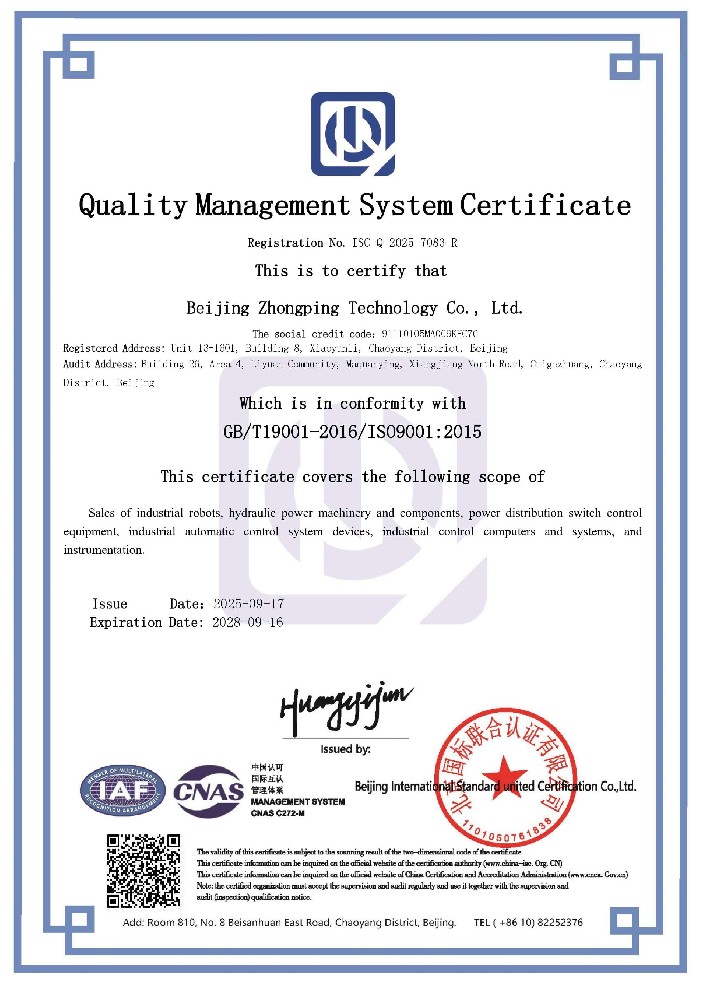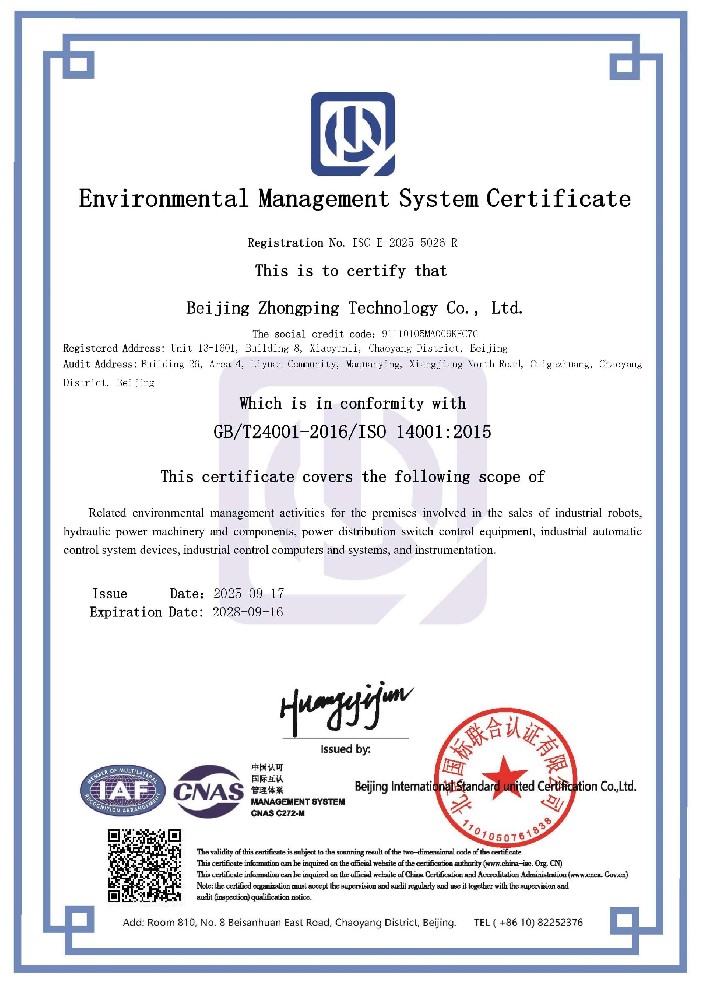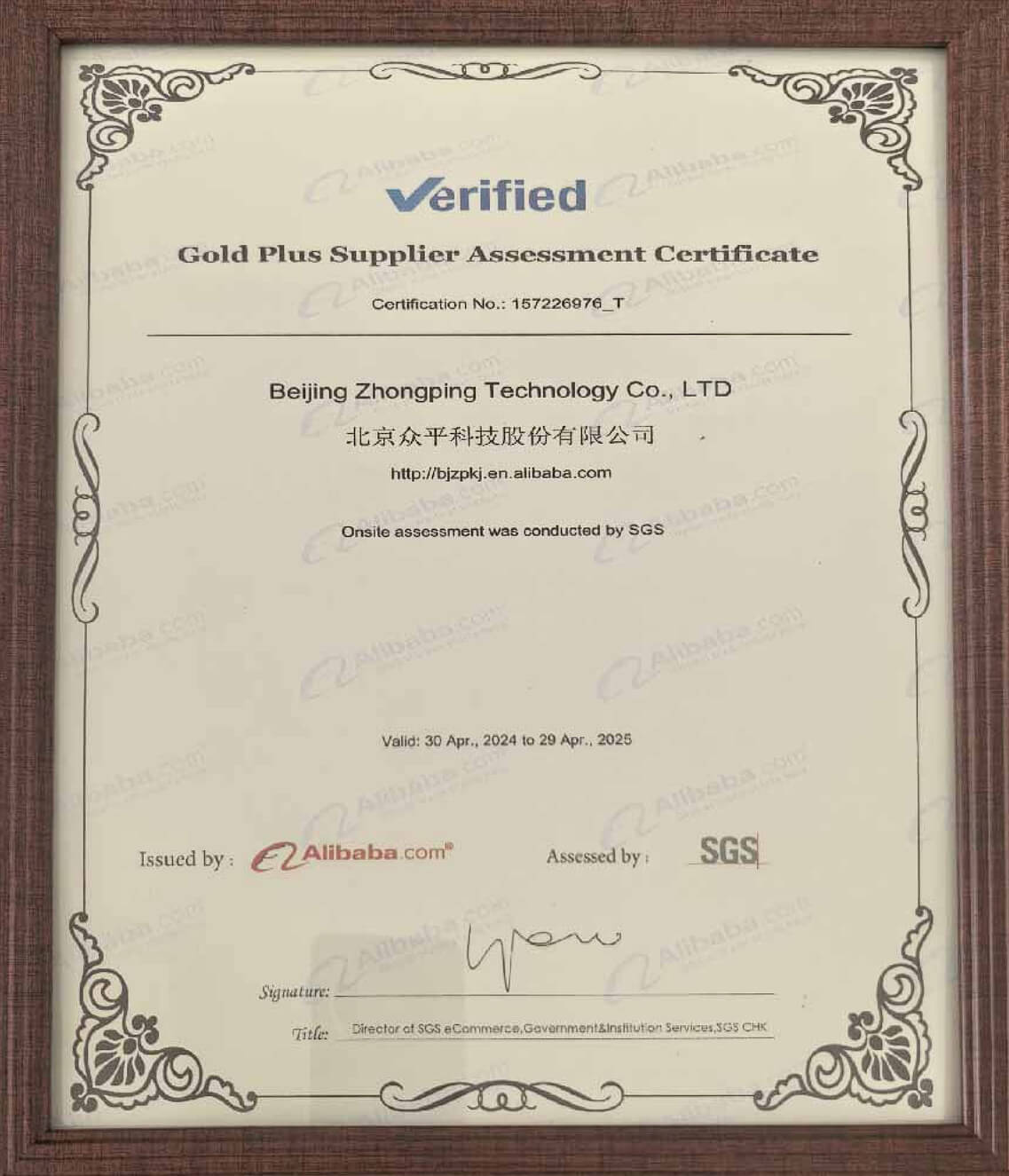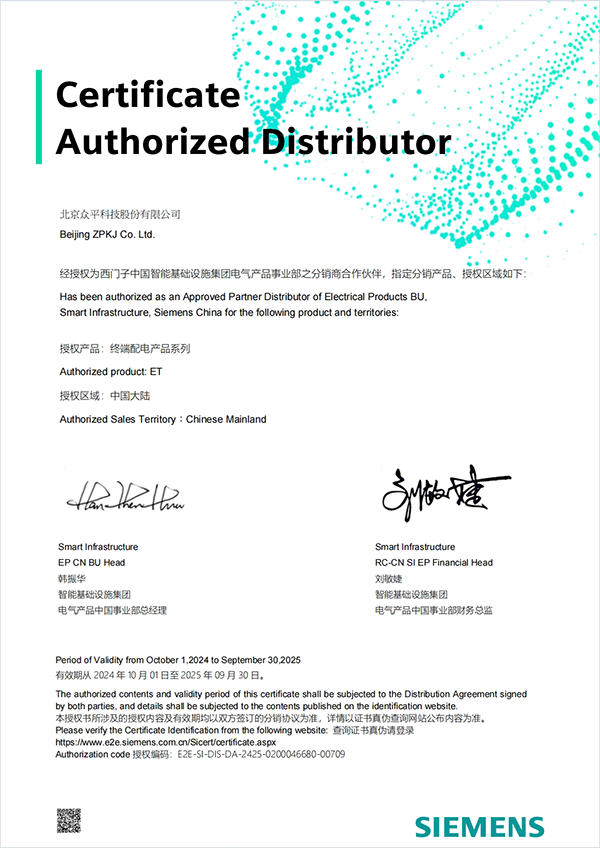Overview
The Siemens 6SL3130-6AE15-0AB0 represents a strategic balance of performance and cost in the SINAMICS S120 drive portfolio. As a Smart Line Module (SLM) in a compact booksize format, this 5 kW power supply unit delivers a critical capability often missing in basic systems: regenerative braking. It efficiently converts incoming three-phase AC power to a DC bus voltage that feeds downstream motor modules, but its true value emerges when motors decelerate, allowing it to recover braking energy and feed it back to the grid. Positioned between non-regenerative Basic Line Modules (BLMs) and high-performance Active Line Modules (ALMs), the SLM is the optimal choice for applications demanding energy savings and controlled braking without the need for an absolutely constant DC link voltage.
1. Product Core: Technical Profile and Operational Intelligence
The 6SL3130-6AE15-0AB0 is engineered for seamless integration into a multi-axis S120 system. Its "smart" designation comes from its integrated IGBT technology and communication capabilities, which provide control over its operation and detailed diagnostics.
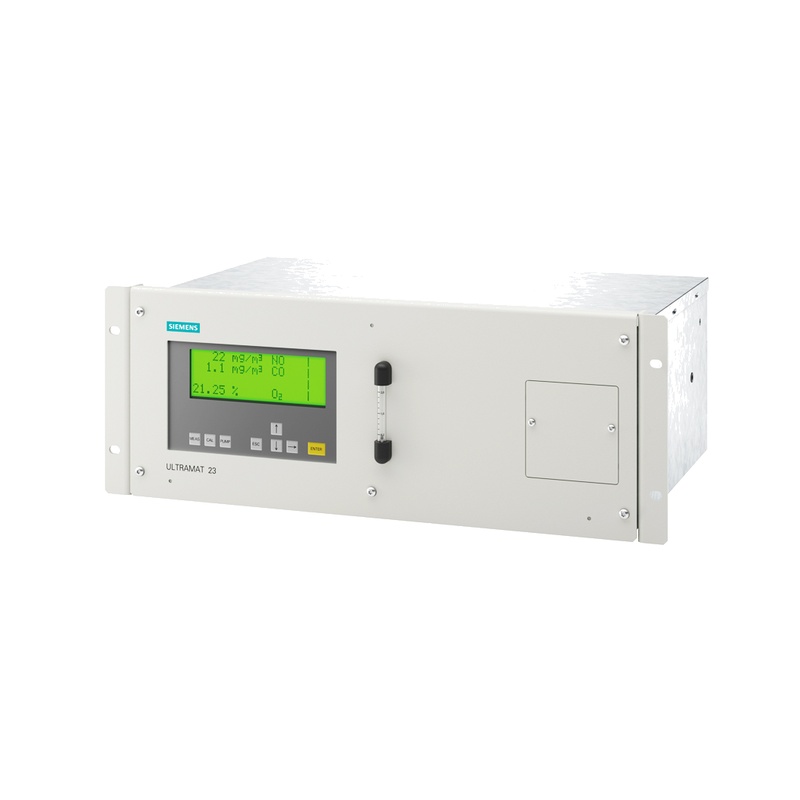
1.1 Key Technical Data
Parameter
Specification
Article Number 6SL3130-6AE15-0AB0
Product Type SINAMICS S120 Smart Line Module (SLM)
Design Booksize
Input Voltage 3 AC 380 – 480 V, 50/60 Hz
Output Power 5 kW
Output DC Current 9 A
DC Link Voltage Non-regulated (proportional to input voltage)
Regenerative Capability Yes
Cooling Method Internal air cooling
Communication Integrated DRIVE-CLiQ
1.2 Defining Characteristics and Technology
Regenerative IGBT Front End: Unlike a Basic Line Module (BLM) that uses a simple diode bridge, the SLM employs IGBTs. This enables bidirectional power flow: during motoring, it rectifies AC to DC; during braking, it inverts the DC power generated by motors back into AC and feeds it into the supply network—preventing energy waste as heat.
Non-Regulated DC Link: A key differentiator from the more advanced Active Line Module (ALM) is that the SLM’s DC link voltage is not held constant. It typically fluctuates around 1.35 times the input AC voltage. While sufficient for many applications, this means the available voltage for motors can vary with mains supply conditions.
System Integration via DRIVE-CLiQ: The module is a fully integrated member of the S120 family. The DRIVE-CLiQ interface enables automatic configuration by the controlling CU (Control Unit), real-time monitoring of parameters (e.g., current, temperature), and detailed fault reporting—simplifying commissioning and maintenance.
2. Performance Advantages and Application-Specific Value
The 6SL3130-6AE15-0AB0 delivers tangible benefits in a specific performance window, offering a compelling return on investment.
Significant Energy Savings: In applications with frequent start-stop cycles or high inertial loads (e.g., centrifuges, conveyors with descending loads), the regenerative feature directly reduces power consumption. This lowers electricity costs and reduces carbon footprint, with a fast payback period.
Elimination of Braking Resistors: For systems that would otherwise use a BLM with a braking resistor, the SLM provides a cleaner, more efficient solution. It removes the need for the resistor, its installation space, and the waste heat it generates—reducing the load on the control cabinet’s cooling system.
Robust Performance and Diagnostics: The SLM delivers a high power factor (>0.96), minimizing reactive power demand and improving supply network quality. Its integrated diagnostics enable predictive maintenance, alerting operators to potential issues before they cause unplanned downtime.
Expanded Perspective: Navigating the Choice of Power Modules
Understanding the SLM’s place in the broader ecosystem of power components is crucial for optimal system design. Its value is defined not just by what it does, but by what it enables compared to its alternatives.
1. The Power Module Spectrum: SLM's Strategic Position
The choice between Basic (BLM), Smart (SLM), and Active Line Modules (ALM) is a fundamental system design decision. The SLM occupies a critical middle ground, balancing functionality and cost.
Basic Line Module (BLM): The most economical option. Non-regenerative—all braking energy is dissipated as heat via an external braking resistor. Suitable for applications with infrequent braking or where energy savings are not a priority (e.g., simple pumps, fans).
Smart Line Module (SLM): The energy-saving compromise. Provides regeneration to eliminate braking resistors and capture energy. Its non-regulated DC link is acceptable for most applications but not for systems needing maximum torque at low speeds during line voltage sags. Ideal for packaging machines, material handling robots, and conveyors.
Active Line Module (ALM): The high-performance solution. Combines regeneration with a regulated DC link voltage for consistent performance (e.g., high-precision machine tools). Delivers a near-perfect power factor (cos φ ≈ 1) but comes at a higher initial cost—used when process stability and power quality are paramount.
Decision Framework:
Choose a BLM for cost-sensitive applications with minimal braking.
Choose an SLM (like the 6SL3130-6AE15-0AB0) when you need energy savings from regeneration and can accept minor DC link voltage fluctuations.
Choose an ALM when you require absolute process stability with a constant DC link and superior power quality.
2. System Integration and Design Considerations
Implementing an SLM successfully requires attention to its specific needs within the S120 architecture.
The Role of the Line Filter: An SLM requires a matching Line Filter (or Line Reactor) on its input side. This component is mandatory to limit current rise rate during switching, reduce harmonic currents, and ensure EMC compliance. It differs from an ALM, which requires a more complex Active Interface Module (AIM).
Cooling in a Compact Design: As a booksize module, it relies on controlled airflow within the S120 booksize stack. Ensuring the cabinet’s cooling system is correctly sized and modules are mounted per Siemens’ guidelines is essential for maintaining performance and reliability—especially with multiple stacked modules.
Configuration and Control: The SLM is parameterized and controlled by the higher-level Control Unit (e.g., CU320-2) via DRIVE-CLiQ. Using Siemens’ SINAMICS Startdrive software within TIA Portal, engineers can easily set up the power structure, monitor the SLM’s status, and integrate it into the overall automation solution.
Frequently Asked Questions (FAQs)
1. What is the primary functional difference between an SLM and an ALM?
The key difference is DC link voltage regulation. An ALM maintains a perfectly constant DC link voltage (e.g., 600V), isolating drives from mains fluctuations. An SLM’s DC link voltage is proportional to input AC voltage. Both regenerate energy, but the ALM’s regulated bus offers superior performance for precision applications, while the SLM provides a cost-effective energy recovery solution where voltage variation is acceptable.
2. Does the "non-regulated" DC link of the SLM impact motor performance?
It can, under specific conditions. If mains voltage sags significantly, the DC link voltage—and thus the motors’ maximum available speed and torque—will drop slightly. For most applications (e.g., conveyors, pumps, fans), this has no noticeable effect. However, for high-precision spindles or applications needing full torque at low speeds during brownouts, an ALM’s stable voltage is necessary.
3. Can I use this 5kW SLM to supply more than one motor module?
Absolutely. This leverages the S120’s common DC bus architecture: the 5kW SLM establishes a DC bus that can power multiple motor modules (e.g., one 3kW and one 2kW module). The total continuous power drawn by all motor modules from the DC bus should not exceed the SLM’s 5kW rating, accounting for both motoring and regenerative operation.
4. Why is an external Line Filter mandatory with an SLM?
The SLM’s IGBTs switch rapidly to control current, generating high-frequency harmonics and noise. The Line Filter is essential to smooth the current waveform, suppress harmonics to meet EMC standards, and protect other equipment on the same supply from electrical interference. It is critical for stable, compliant operation.
5. Is the SLM a "plug-and-play" component in a S120 system?
From a configuration perspective, it is straightforward: once wired correctly (with the Line Filter), the DRIVE-CLiQ connection lets the controlling CU automatically recognize the SLM. However, it is not electrical "plug-and-play"—the system still requires proper sizing of fuses/circuit breakers, correct cable selection, and adherence to safety/EMC installation guidelines per documentation.
FAQ
1.Who are We?
Beijing Zhongping Technology Co., LTD., is a one-stop integrated service provider of intelligent manufacturing, belongs to the Gong Doctor Group, is a scientific research, design, marketing, technical services, industrial Internet, international import and export services as one of the science and technology companies.
2.What can you buy from us?
PLC, inverter, human-machine interface, hydraulic products, low-voltage power distribution, industrial robots and core components
3.Is the item in stock or need to be purchased from another supplier?
We have a large inventory of goods and have our own warehouse.
4.What advantages do we have over other suppliers?
Our company has a large amount of inventory and a number of warehouses, but also in the country's important industrial provinces and cities with offices and a number of overseas service points. To provide you with intelligent manufacturing one-stop comprehensive services, save efforts, labor and cost.
5.Can you provide 100% new original authentic products?
We only sell new original genuine, no renovation, no fake, only for the original factory original!
6.How long is the delivery time?
If there is a stock, it will take 2-3 working days to ship, if the quantity is large, it will take 5-7 working days after receiving the payment, if it is not a conventional model, it will take some time, we will inform you of the specific delivery time.
7.Is there technical support available?
Of course, we have a professional technical team that can help you solve technical problems.
8.How do we guarantee quality?
We have three processes to control the quality of goods.
1). Our engineers will inspect the production and quality control in the factory regularly.
2) Incoming materials shall be inspected by experienced purchasing engineers before they can be stored.
3). At least 2 people in the logistics department cross-check the goods to be sent before delivery.
9.Can you guarantee the safe and reliable delivery of your products?
Yes, we strictly adopt the international standard packing. We also use special packaging for dangerous goods, and refrigerated shipping for items with temperature requirements. Special item packaging and general cargo standard packaging requirements may incur additional costs.
10.How about the freight?
The cost depends on how you choose to get the goods. Express is usually the fastest but also the most expensive way. Sea freight is the best solution for large quantities of goods. The exact shipping cost depends on the purchase amount、quantity and weight of your order. Please feel free to contact us for more information.


 010-64225983
010-64225983 +8613811814778
+8613811814778 info@zhongpingtech.com
info@zhongpingtech.com Building 26, Liyuan Community, Chaoyang District, Beijing, China
Building 26, Liyuan Community, Chaoyang District, Beijing, China